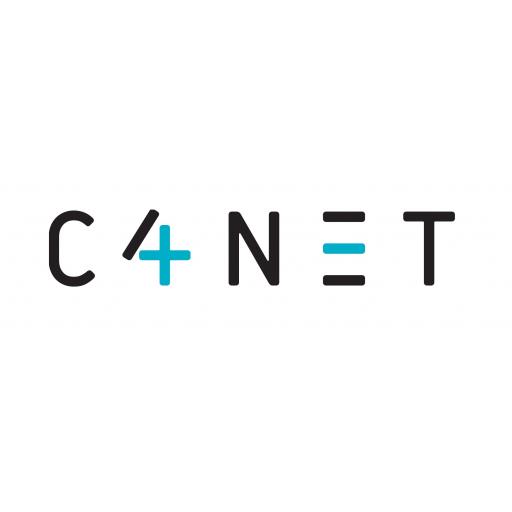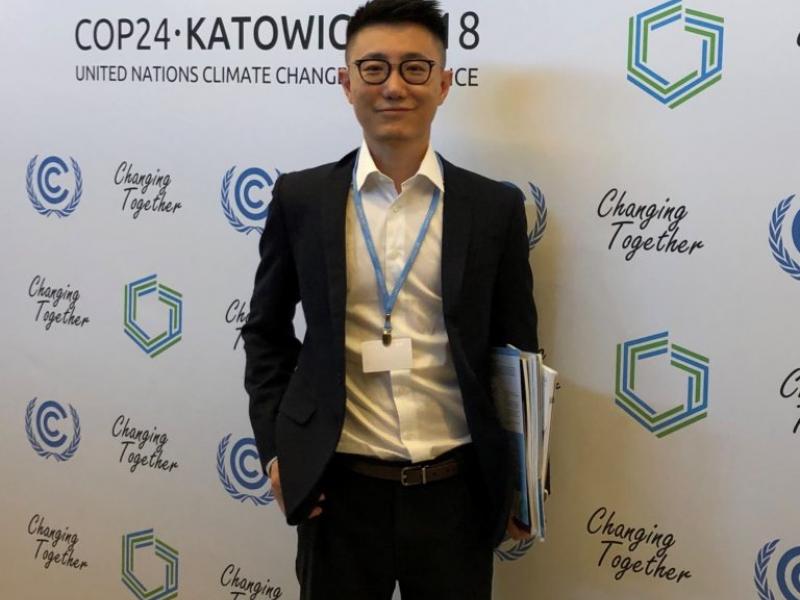Integration of consumer and distribution-scale flexible energy resources: Low-carbon policy and market designs
As the Australian energy transition continues, a range of new challenges and opportunities are beginning to emerge that can allow consumers and communities to actively participate. As part of the Renewable Energy Research Investment Partnership (RERIP), this project focuses on the market integration of consumer-centric flexible energy resources.
The growing integration of variable wind and solar PV generation into the electricity system requires a range of solutions that can balance supply with demand across a constrained network. Beyond traditional fossil-fuel and hydro-electric peaking generators, distribution-scale Battery Energy Storage Systems (BESS) and behind-the-meter PV-battery Distributed Energy Resources (DER) are emerging as low-carbon and flexible energy resources capable of improving supply and demand flexibility across different service levels in the National Electricity Market (NEM). The policy settings and market integration of these new flexible energy resources are vital to unlocking their potential for consumers and the NEM while further decarbonising the electricity sector.
The development of digitisation and micro-grid technologies is enabling aggregation and distribution-scale solutions that were not previously possible. With the penetration of behind-the-meter PV generation averaging 20% across Australia (accounting for over 12 TWh or 22% of all renewable energy generation) in 2019 and installed capacity expected to more than double by 2030, significant generation capacity is being situated behind-the-meter. As costs of BESS systems decline, there is a growing opportunity to utilise behind-the-meter PV generation and BESS at the individual, aggregate or distribution scales to provide a range of grid support and balancing services. However, further research is required to examine and assess the trade-offs between policy, market and regulatory settings for consumers, the wider power sector, and the energy transition.
The objectives of this research project are to:
- Map and provide cost-benefit analyses of these new bottom-up flexible energy resources.
- Map the range of market and policy drivers that can be utilised to stimulate further investment.
- Develop investment models that can evaluate the potential of these new bottom-up flexible energy resources to contribute to the energy transition.
- Integrate these bottom-up models into longer-term (top-down) electricity system investment and dispatch models to explore the policy and regulatory settings that can utilise greater consumer participation in the energy transition.
These objectives aim to provide important tools for regulators, policy makers and investors in Australia and abroad to better understand the potential from these new bottom-up flexible energy resources. At present, electricity market models used by the sector for planning and policy analysis are typically designed from a top-down perspective (using approaches such as least-cost capacity expansion and dispatch) and do not sufficiently account for their impact on future DER adoption. This project will develop a system model that considers the optimal outcomes given the interactions between utility-scale generation, network expansion and DER. This is essential in an electricity system that may have over 50% of its generation sourced from behind-the-meter. The research and results will support the DER integration programs currently underway at the ESB, AEMO and ARENA.








